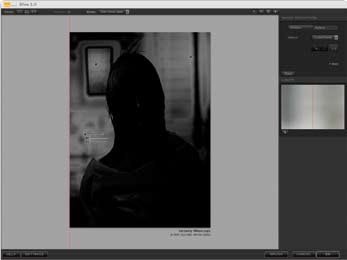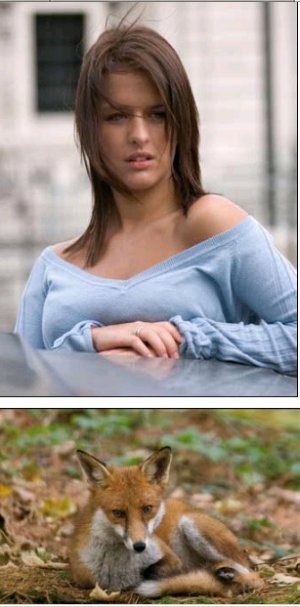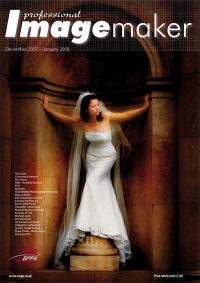articles/Photoshop/noisereduction-page3
Noise Reduction - part 3 of 1 2 3
by Mike McNamee Published 01/12/2007

Dfine 1.0
This is produced by Nik Filters who also make the stylising filters we feature regularly. The software can improve luminance and/or chrominance noise, adjust colour balance and adjust tone contrast, etc. It may be painted into areas where it is needed.
A Nikon D200 file of 28Mb required 29.4 seconds to complete.
Dfine 2.0
This is a significant upgrade over version 1.0. Although the noise reduction algorithm has been improved, it is the implementation of the U-Point control technology which is most impressive.
When using Dfine 2, you initially get the software to measure the level of noise and characterise it. If this is done automatically the program selects areas which are relatively devoid of detail, where noise will show up most [1]. You may then reduce the noise in three ways; all over, by colour selection or by using the control points.

When you place a control point you see a circle bounding the area under examination [2]. However, the underlying selection is anything but a simple circle. The pixels are examined and a selection made by matching tonality. This can be seen by switching the 'Color' or 'Contrast' Noise Masks on - they are effectively alpha channel masks through which Dfine will work on noise reduction [3]. As you can see in our image of Harmony, the masks have been guided to reduce noise in the background, leaving the model and clothing untouched. Should you wish to soften the skin, Dfine has a sub-menu for carrying out that task.
Dfine costs €119 via a download. The help file and the website have excellent instructive videos showing how to operate the software, which is straightforward once you have finished watching the video, if not before! Visit www.niksoftware.com
EMT
Metropolis Data Consultants Ltd (MDC) is a spin-out of the Astrophysics Group of the world-famous Cavendish Laboratory in Cambridge. Their scientists have taken their very sophisticated mathematical routines, normally use, to extract information about distant stars and applied it to the traditional photograph. In practice we found the software to be the slowest to process data, a 28Mb file taking 126.3 seconds to complete. You would not therefore wish to be using it on a batch of images - a 600-frame wedding would take more than a whole, 24-hour day to complete. Although the demonstration image was very impressive, it is nothing approaching the quality of a well-taken D-SLR image (think mobile phone quality, see http://www.metropolis-data.co.uk/web/ case/l3/l3.html). Our own tests are more representative of non-rescue attempts. However, if you are in trouble with a modest number of files then the software is capable of some quite spectacular results, with a free trial download or only £30 inclusive of VAT it could be a reputation saver!
OVERALL
The sophistication of Dfine 2 makes the investment worthwhile if you have to deal with noise and it may well pay for itself on just one image to save your reputation. For the initial job we had to hand, Tom Lee's shot, it actually made little difference, we think things need to be further out of whack before any of the solutions has enough to get their teeth into!
Post Script
Having struggled to find suitable images throughout the making of the feature we were challenged after its completetion with this fox. Shot at 800ISO in dim light and quite substantially enlarged in the cropping, a mixture of DFine 2 and Nik Shaprener made a good job of it by reducing the noise selectively and then bring up the fuw with well-controlled sharpening. Image is courtesy of Jon Ashton.
Please Note:
There is more than one page for this Article.
You are currently on page 3 Contact Mike McNamee
1st Published 01/12/2007
last update 09/12/2022 14:57:00
More Photoshop Articles
There are 20 days to get ready for The Society of Photographers Convention and Trade Show at The Novotel London West, Hammersmith ...
which starts on Wednesday 14th January 2026





